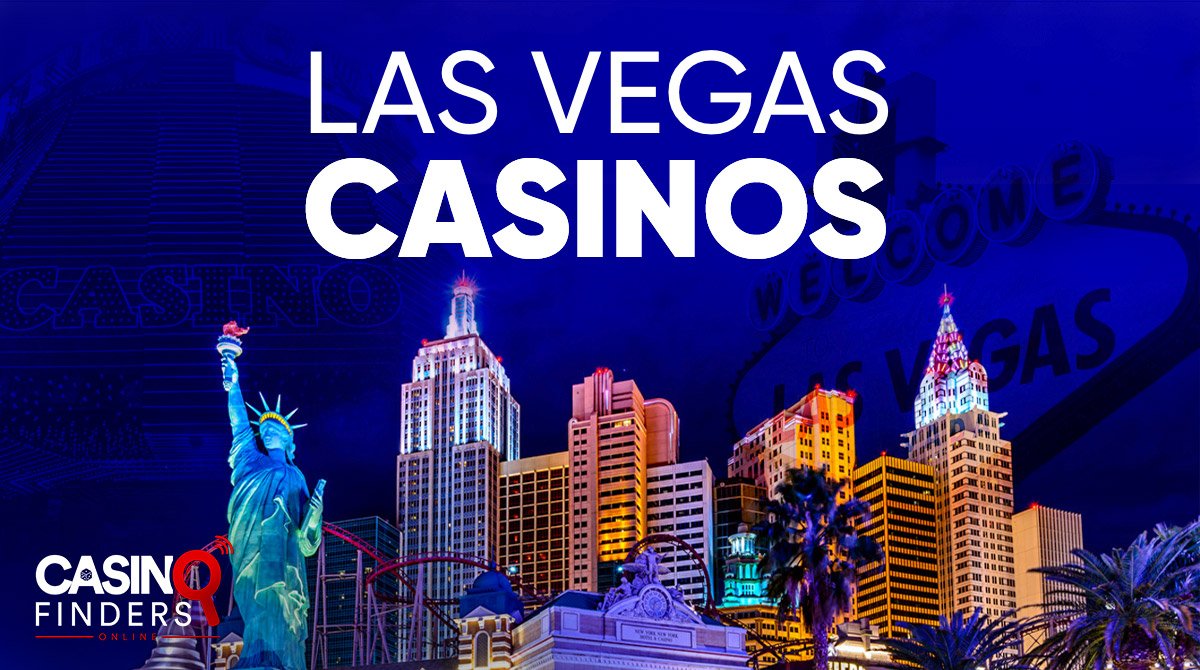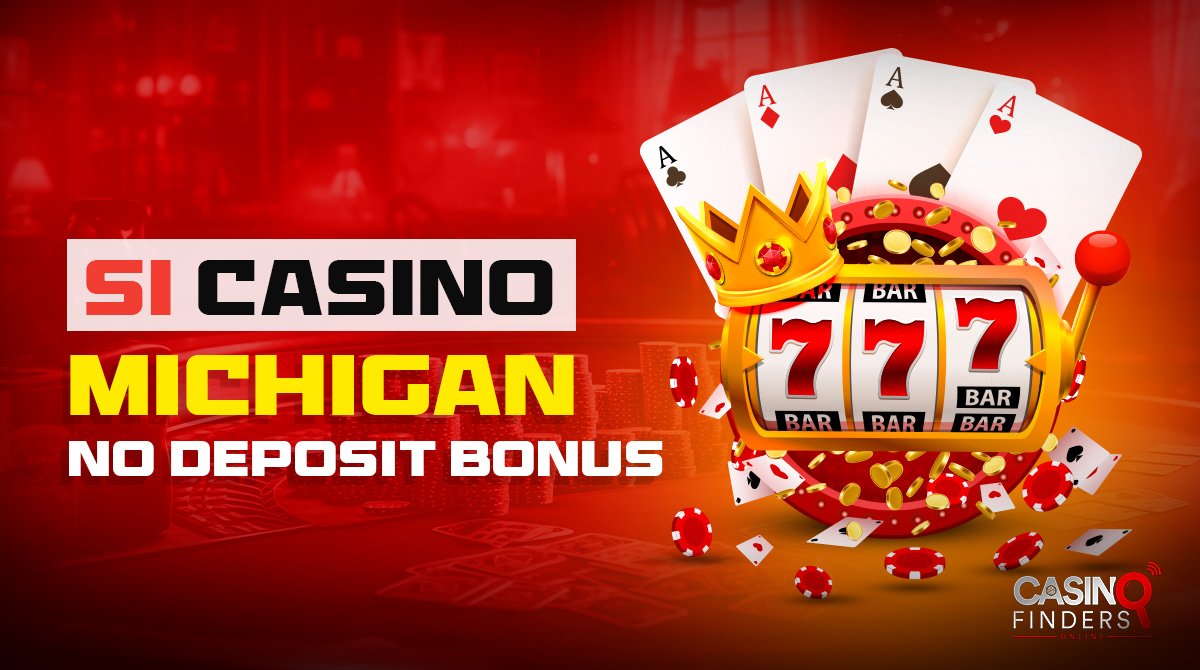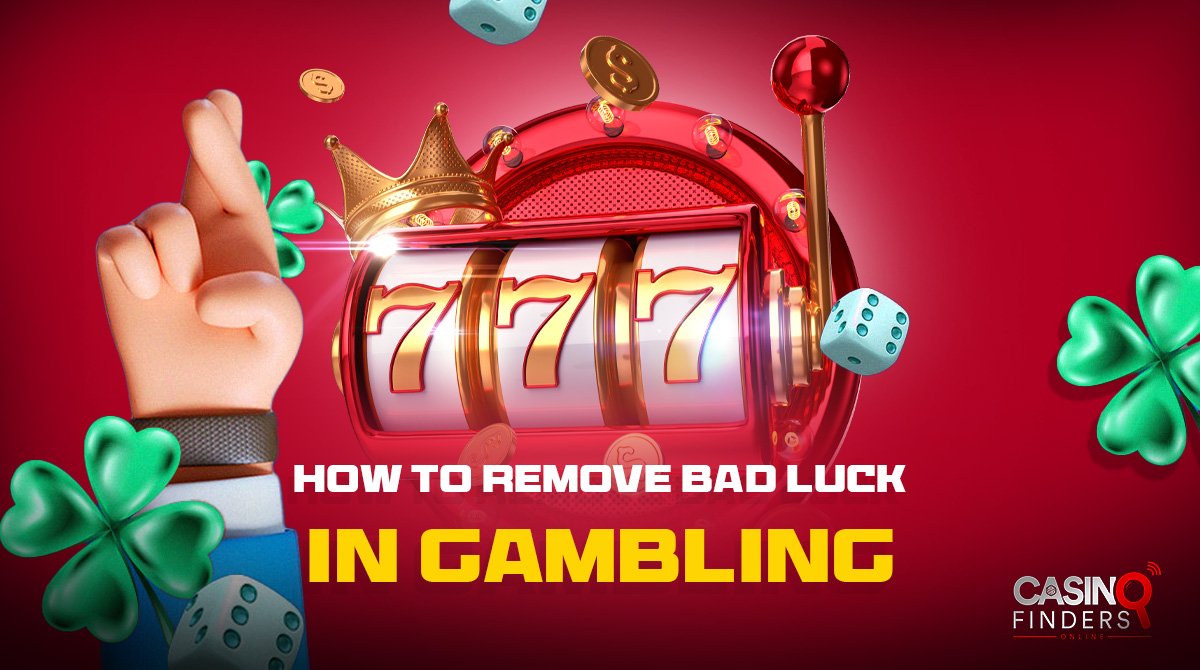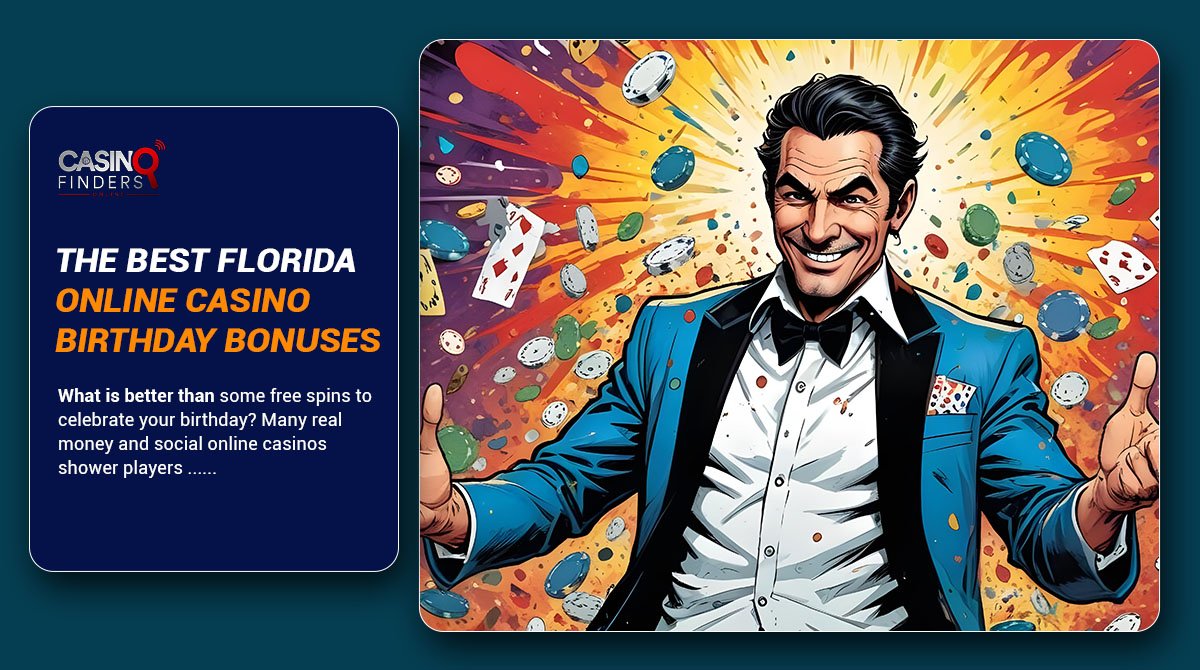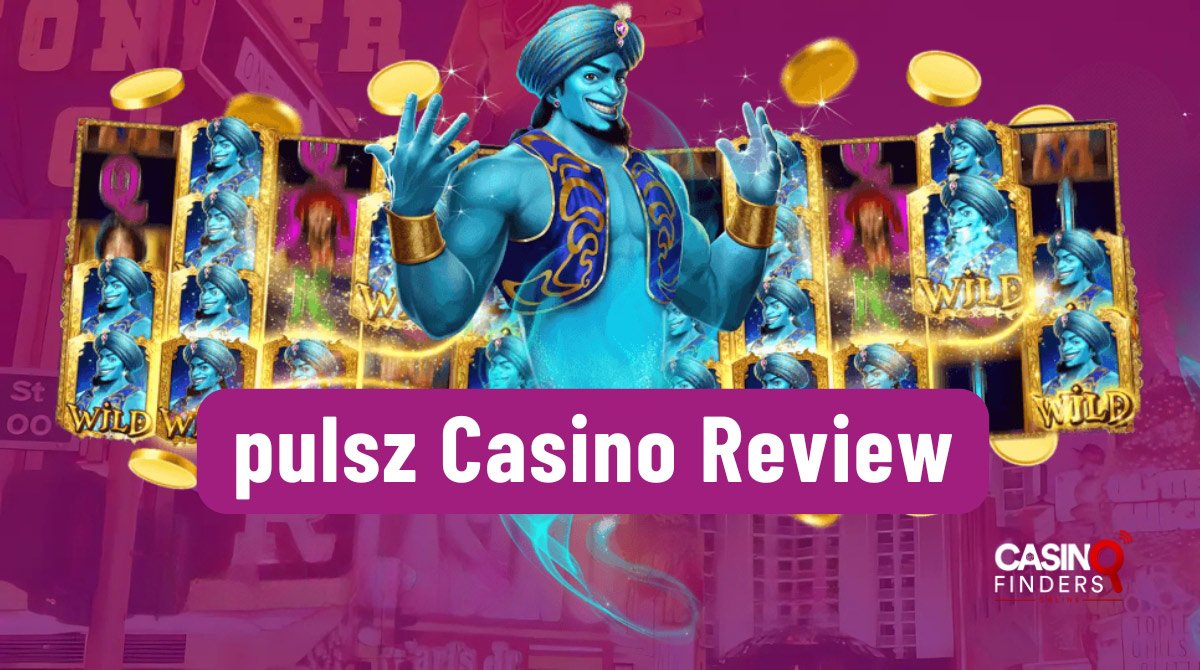Las Vegas, the world’s entertainment capital, is a city that never sleeps, and one of its main attractions is countless casinos- more than 175 casinos are in Las Vegas– and hotels competing for your attention. The city has a rich history of gambling and is home to the most iconic casinos in the world. Whether you are looking for a classic gambling experience, a luxurious resort, or a thrilling entertainment show, you can find it all in the casinos of Las Vegas. But how much do you know about these venues’ history, facts, owners, and features? In this article, we will take a closer look at the world of Las Vegas casinos, exploring some of the most interesting and surprising aspects, from their origins to their current trends. You will discover how Las Vegas became the world’s gambling capital, what makes its casinos unique and innovative, and what are some of the best places to visit and play in the city. So, buckle up and join me on the trip to the world’s most iconic Strip!
A Look Back At Vegas History

The history of Las Vegas is not like other American cities. The city has come a long way from a dusty town to a vibrant, most luxurious city on earth!
Native Americans were the first people to live in the Las Vegas region. Their descendants have inhabited the Las Vegas Valley for over 10,000 years. The Tudinu and Paiute tribes have called Vegas their home for over one thousand years.
During the 19th century, settlers moved into the Las Vegas region and displaced most Native Americans. The natives lost their lands, homes, and culture. However, they would one day receive assistance from a rancher named Helen Stewart, who had empathy for them being forced to leave their homes. Helen Stewart owned a large piece of land near what would one day become Downtown Las Vegas, and she donated ten acres of that land to the local Paiute tribe.
Who Put Vegas On The Map?
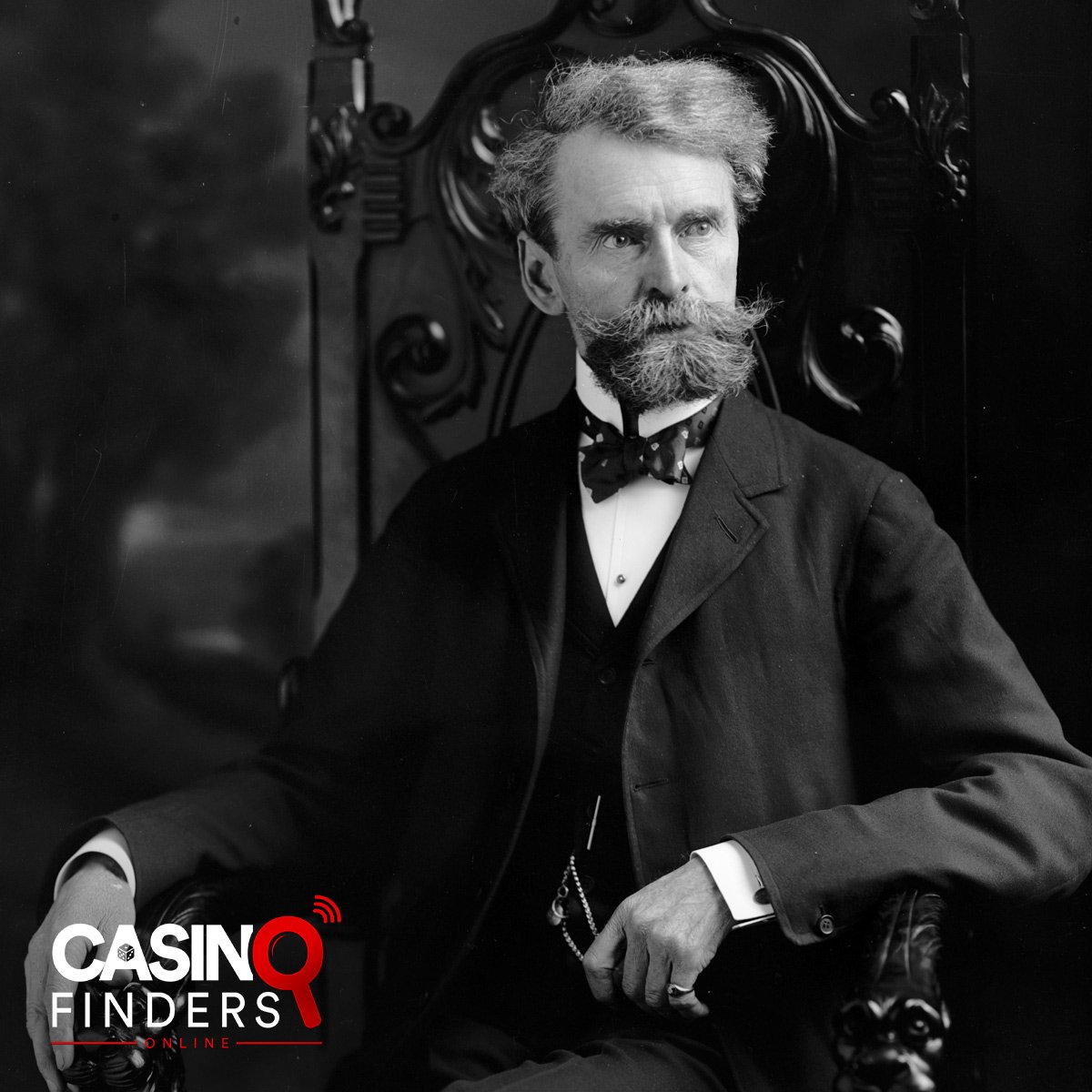
Senator William A. Clark was a self-interested businessman and politician. The Las Vegas Valley was unknown to Clark until his Brother-in-law suggested that William the area was a potential site for a railroad station. Clark wanted to run a railroad line from Salt Lake City in Utah to the shipping ports of Los Angeles in California. A railroad would be a much faster form of transportation for his goods, and most importantly for Clark, make more profit. He would also be able to develop a townsite around the railroad station that could work to support his businesses. Any trains running from Salt Lake City to Los Angeles needed a location about halfway through for trains to stop and be serviced. Las Vegas was the perfect location for this halfway stop because it was the location of a natural water spring that would be perfect for replenishing the steam engines making the journey to California.
Finally, he agreed that Las Vegas would be a great location and reached out to the well-known Las Vegas landowner, Helen J. Stewart. Stewart agreed to sell him 1,800 acres of her ranchland so that Clark could build his railroad station and townsite. She hired a professional land surveyor, J.T. McWilliams, to help her map out the 1,800 acres of ranchland that was being sold to the Senator. While surveying the ranch, McWilliams noticed a tract of government land for sale next to where Senator Clark was planning to build his railroad. J.T. saw an opportunity to make money quickly by developing a townsite before Clark arrived to build his railroad.
In 1904, McWilliams filed a claim and purchased the government land. He hoped the land’s value would skyrocket once Clark’s railroad arrived. He subdivided his land into lots, and he named the area the Original Townsite of Las Vegas. J.T. McWilliams took out advertisements in Los Angeles newspapers for his proposed townsite and listed his subdivided lots for sale for an average of $200. Sales were better than expected, and J.T. quickly sold his lots to various groups, such as investors, miners, and even outlaws. The area was named Ragtown. But in 1905, a fire swept through Ragtown, destroying almost the entire area. This event left the Senator’s new Las Vegas townsite to become the official center for business and residential activity.
Ultimately, Las Vegas officially became a city when it was incorporated in 1911 and the town of Las Vegas. Electricity became available when the nearby Boulder Dam was completed in 1939, transforming Vegas from a dusty railroad town into an electric neon fantasy!
First Resorts, Fremont & Neon
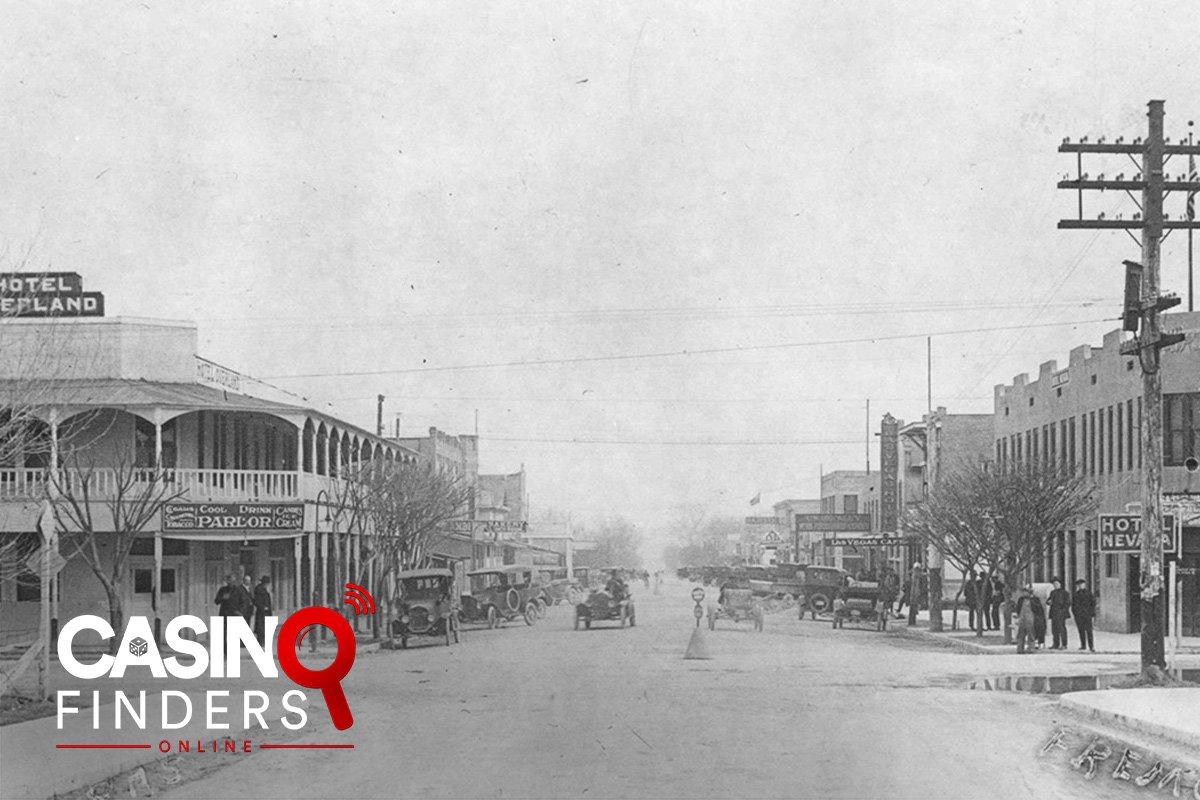
Fremont Street was the original main street in Las Vegas’s history and still attracts thousands of visitors every day. It’s the second most famous street in the region besides the Las Vegas Strip and is located in Downtown Las Vegas. Fremont Street was named after an explorer and politician, John C. Frémont. It is, or was, the address for many famous casinos, like Binion’s Horseshoe, Eldorado Club, Fremont Hotel and Casino, Golden Gate Hotel and Casino, Golden Nugget, Four Queens, The Mint, and the Pioneer Club. The lots on Fremont Street sold quickly during the auction held by Senator Clark, and the area experienced heavy city traffic. For such reasons, Fremont Street became the first paved street in Las Vegas in 1925 and the first to receive a streetlight in 1931.
The mid-1990s saw renovations to Fremont Street, and vehicle traffic was officially closed off. In 1996, a six-block stretch of Fremont Street was converted into a pedestrian mall called the Fremont Experience. In 2004, Fremont Street installed a vaulted canopy that covered four blocks of the street with 49 million LED lights. The canopy is the world’s largest video screen. It runs hourly shows that pay tribute to Nevada’s most famous character traits. The LED lights from Fremont Street are so bright that the canopy can operate video shows even in daylight.
The Best USA Online Casinos of Nov 2024
The first resort constructed on the Las Vegas Strip was the El Rancho.
It opened on April 3, 1941, and began a long history of hotels operating on the Strip. El Rancho was the idea of Thomas Hull, a hotelier who operated resorts in California and was looking to expand his operations to Las Vegas. The resort was located on the corner of San Francisco Avenue and Highway 91, which later became known as Sahara Avenue and the Las Vegas Strip, respectively.
The Most Iconic Las Vegas Hotels & Casinos: Top 10 Casino Hotels
The first captivating casino on the southern edge of The Strip is The Excalibur Hotel which is easily recognizable for its Medieval castles. The second one is The Luxor featuring a pyramid main building and an ancient Egyptian theme. The third one is The Mandalay Bay Resort, shining with its gold-colored glass facade. But anyone staying at The Luxor Hotel and wandering through the casino and shops may unexpectedly end up in one of the other two casinos. Why? Because indoor walkways connect three casinos.
The Horseshoe Hotel, formally known as The Bally’s, and The Paris Hotel, both located roughly in the middle of the Las Vegas Strip are also connected with similar walkways. But why do these hotels allow guests to easily walk to their competitors? Shouldn’t they try to keep guests within their own property? You may have realized that The Horseshoe and The Paris are both owned by Caesars Entertainment, while Luxor, Mandalay Bay, and Excalibur are all part of MGM Resorts International. There’s a high chance that your hotel is owned by either Caesars Entertainment or MGM Resorts International, as they operate more than half of the casinos on the famous Strip. This is due to decades of mergers and acquisitions. Not surprisingly, the battle for Las Vegas continues to this day.
1. Mirage Hotel: An Instant Success
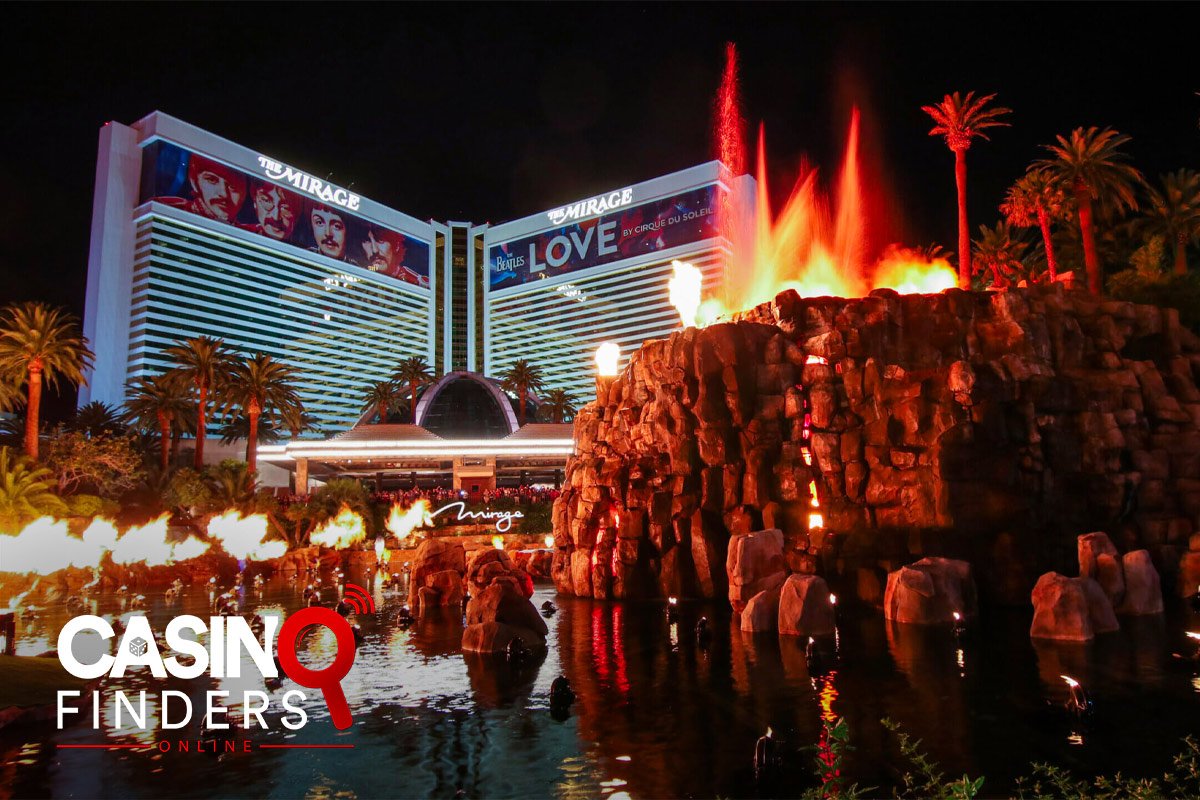
In 1989, when Mirage appeared on the Vegas Strip, it had been 16 years since the last new casino hotel opened, and tourism growth slowed down. But The Mirage became an instant success. One reason was its enticingly popular artificial volcano and the hotel’s magic show by Siegfried & Roy. It initiated a period of rapid construction and acquisitions.
2. Excalibur: Family-Friendly Medieval Theme
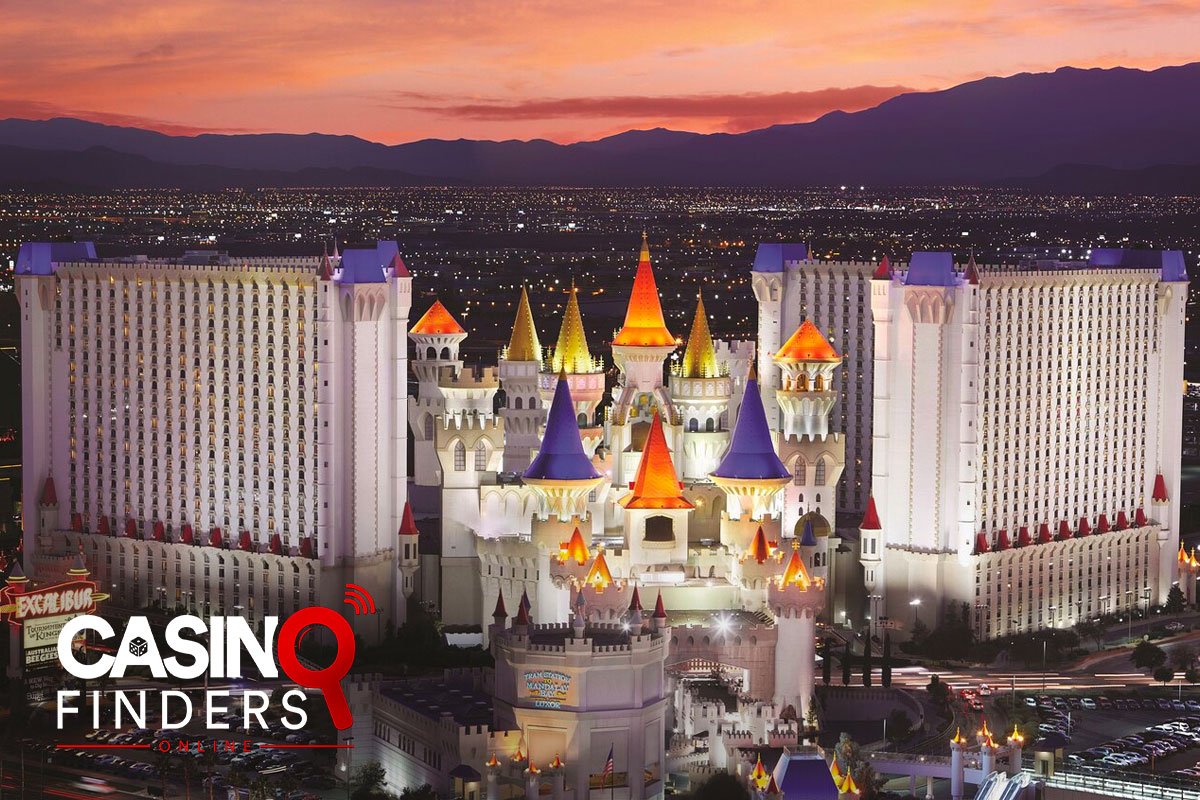
In 1990, the Excalibur Hotel and Casino, with its family-friendly Medieval theme, was opened by Circus Circus Enterprises. Immediately, crowds of locals and tourists rushed into the resort because operators were aiming their business toward families. The design was pretty family-attracting! Because while mommies and daddies were playing hands of poker, kids could go downstairs to the arcade.
3. MGM Grand Hotel, Treasure Island, and Luxor
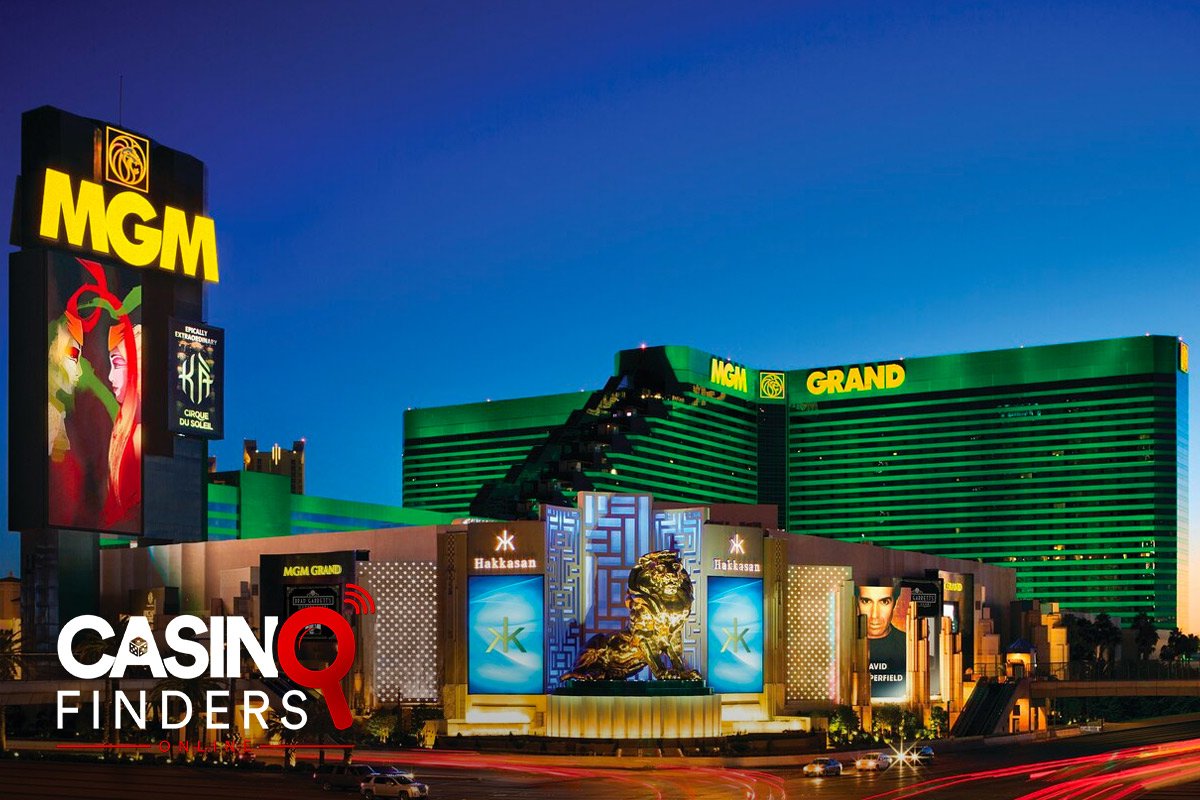
In 1993, three additional hotels were born in the city:
- MGM Grand Company: MGM Grand Hotel
- Mirage Resorts: Treasure Island
- Circus Circus: Luxor
On Luxor’s opening day, thousands of people funneled through the entryway to see what everyone had been talking about.
4. Bally’s: The Recently Famous Horseshoe
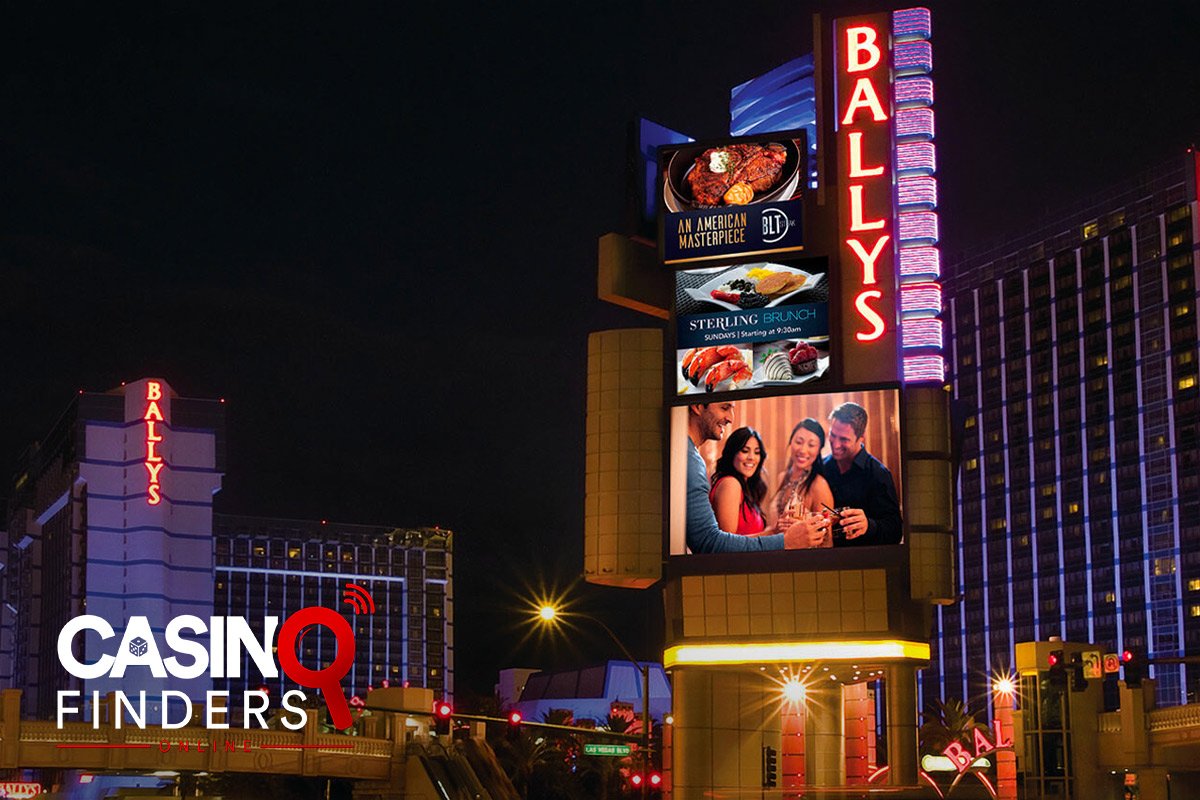
In 1995, Bally Entertainment, the owner of The Bally’s, announced the construction of an adjacent resort called the Paris Hotel and Casino, known for the replica of The iconic Eiffel Tower at its entrance. The Bally’s also was renamed and is now called Horseshoe.
5. Hilton: Luxurious and Comfortable Stay in Las Vegas
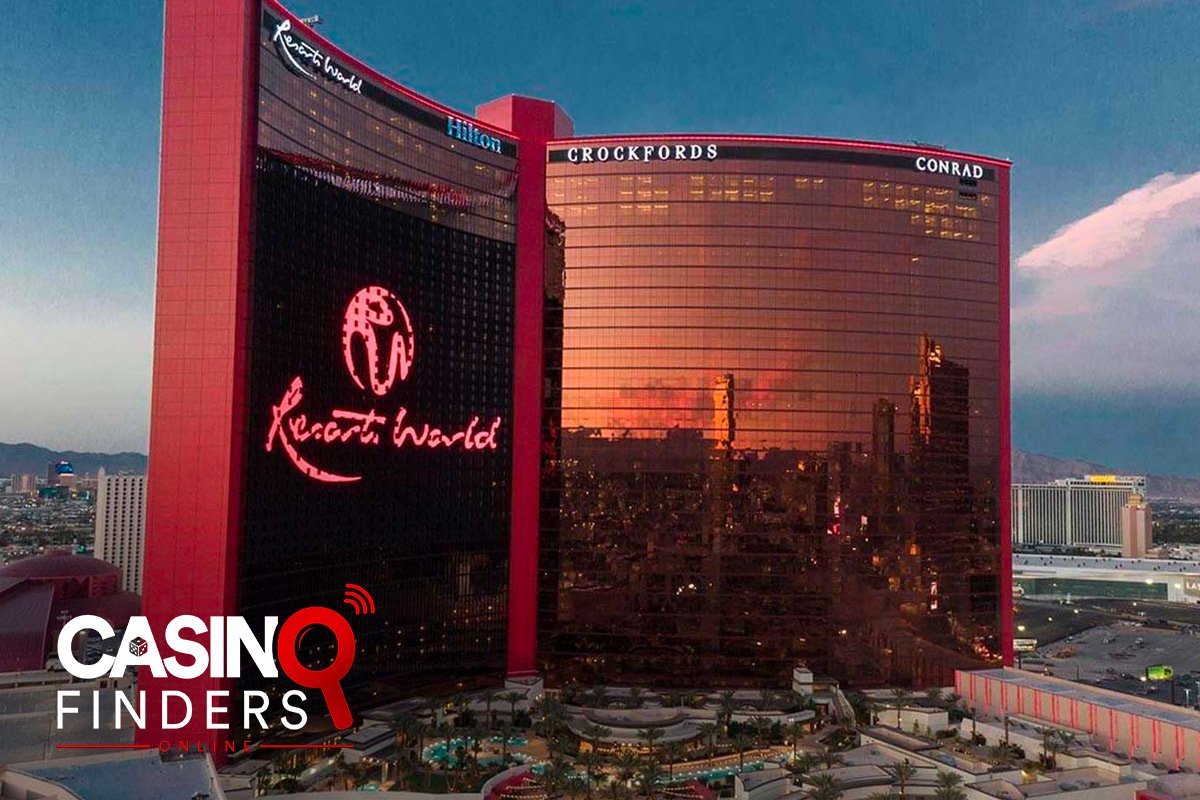
In 1996, Hilton Hotels, which already owned Flamingo Hotel, increased its presence on Vegas Strip. Flamingo is the oldest resort on The Strip that still operates today. Hilton is located right on the Las Vegas Strip, so you can easily access the area’s attractions, restaurants, and entertainment venues. The hotel has various rooms and suites, ranging from deluxe to presidential. The amenities are top-notch, with everything from a spa and pool to an on-site casino.
Hilton took over Bally Entertainment, gaining ownership of Bally’s and the Paris Resort, which was still in the construction planning stage at that time. After its completion a few years later, Hilton now has three casinos in the area.
6. Monte Carlo: Park MGM
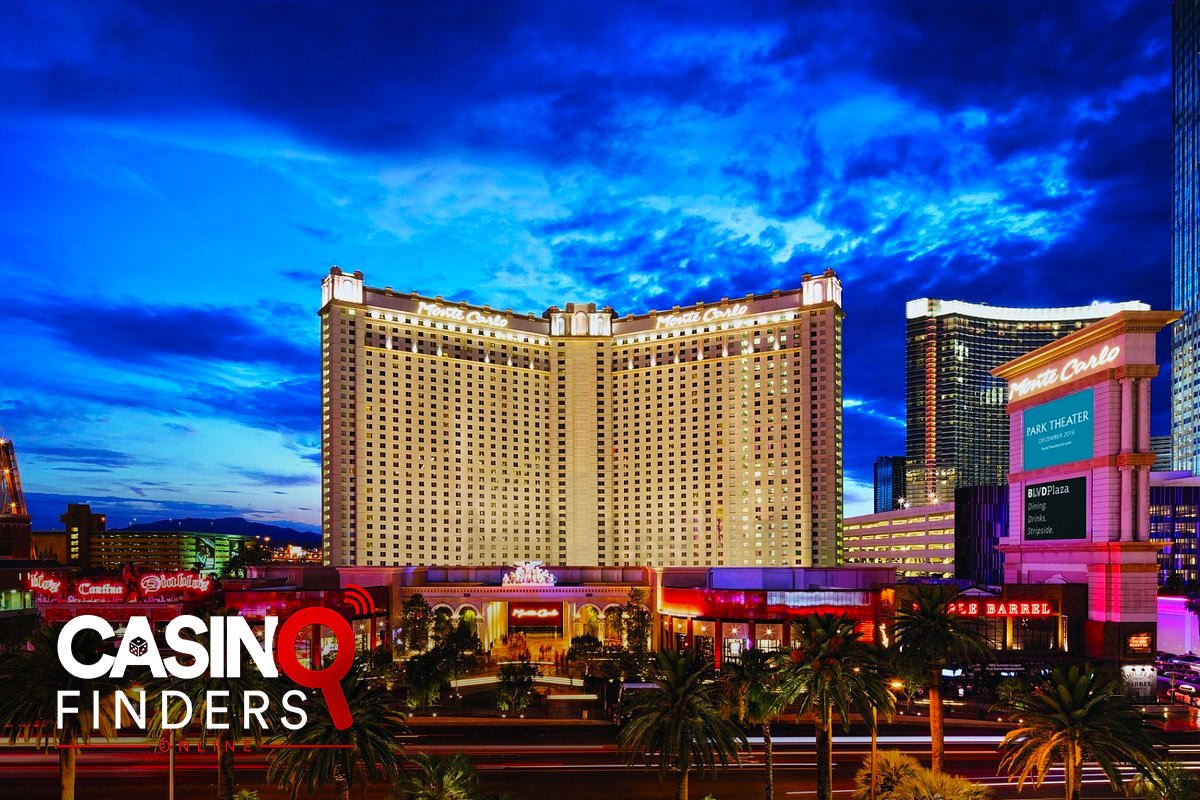
In 1996, Circus Circus and Mirage Resorts had a joint venture to open The Monte Carlo. Today, MGM Resort owns it and has renamed it Park MGM.
7. New York New York
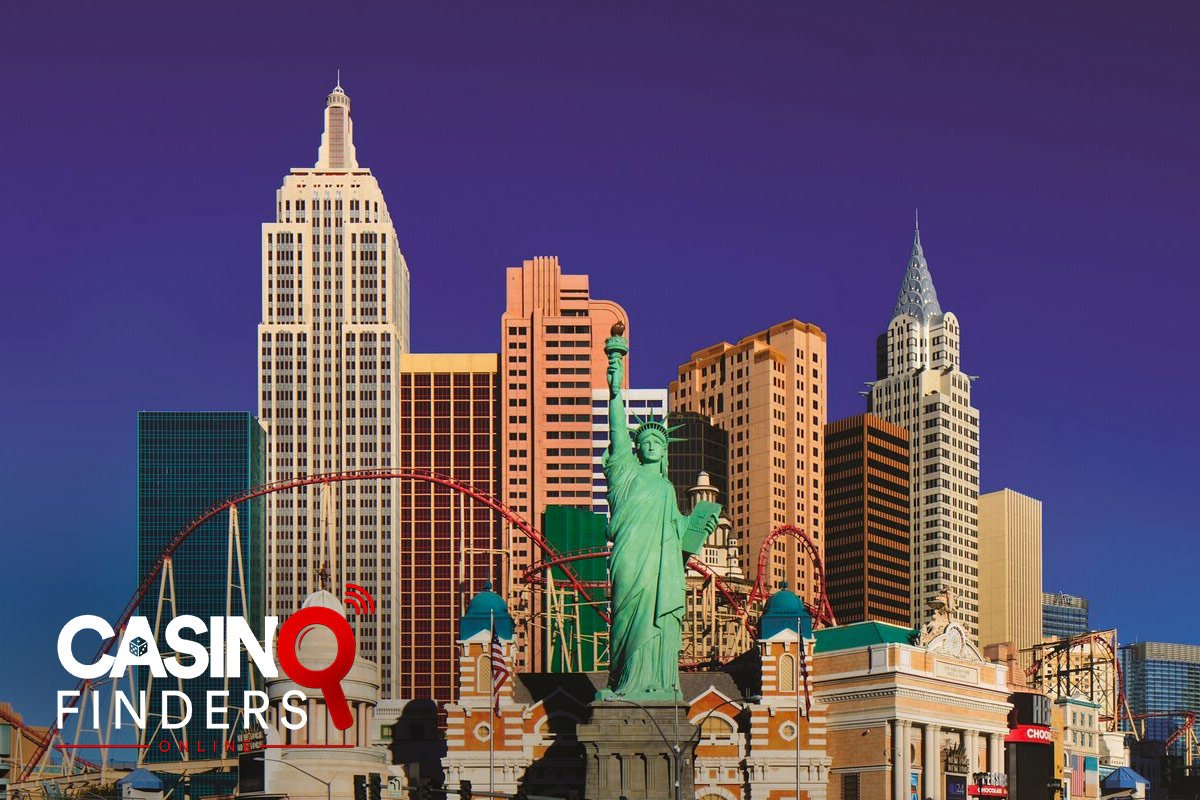
In 1997, MGM Grand opened another fascinating casino hotel resort with a facade that mimics the Manhattan skyline.
8. Park Palace Entertainment
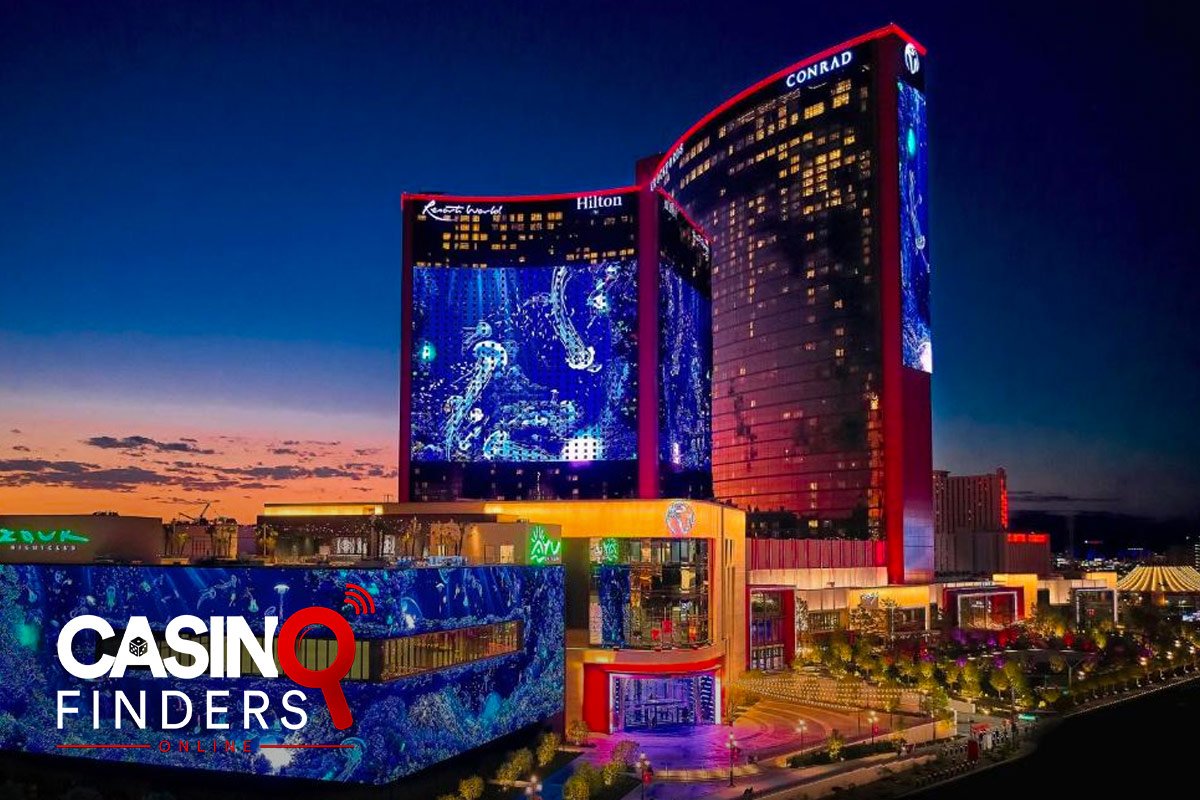
In 1998, the Hilton Group separated its casino operations from its other hotels and created Park Place Entertainment.
9. Bellagio: One of The Most Iconic and Luxurious Resorts
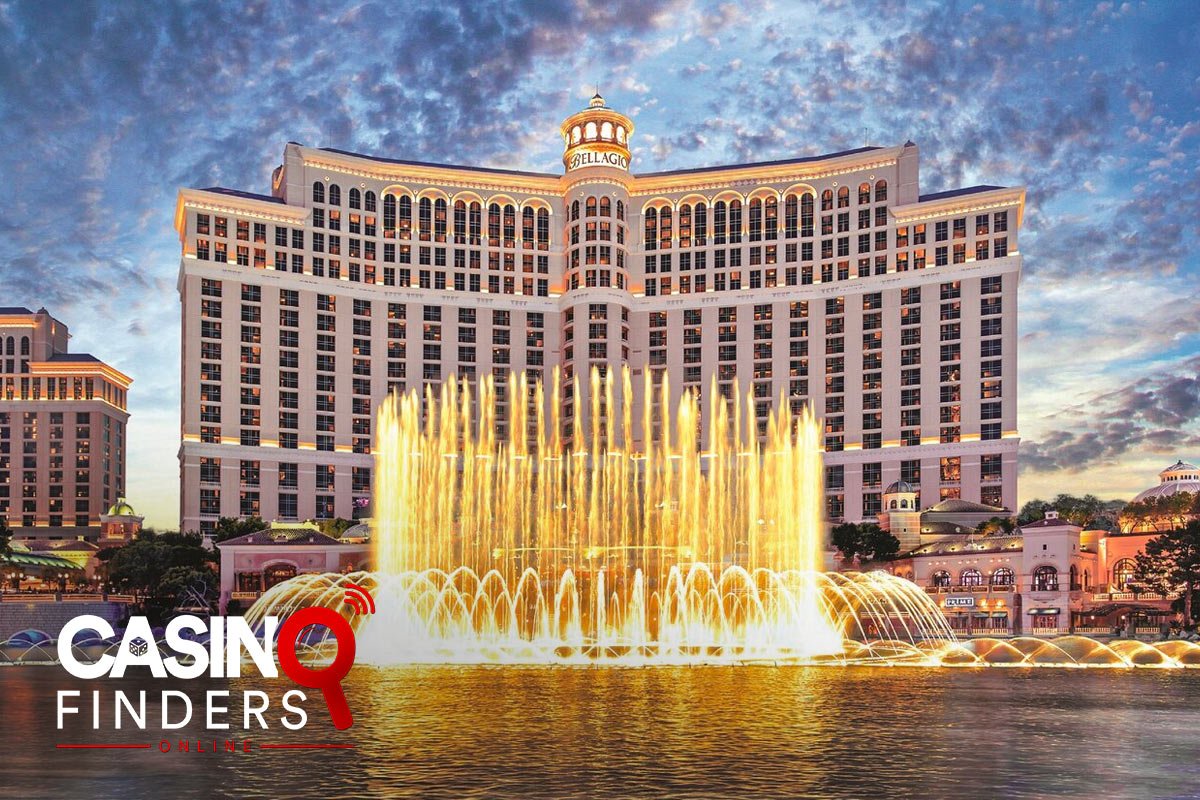
In 1998, the iconic Mirage Resorts opened yet another casino hotel, The Bellagio, attracting worldwide attention for its famous dancing water fountain and luxurious casino and hotel interior design.
10. Mandalay Bay Resorts and Casino
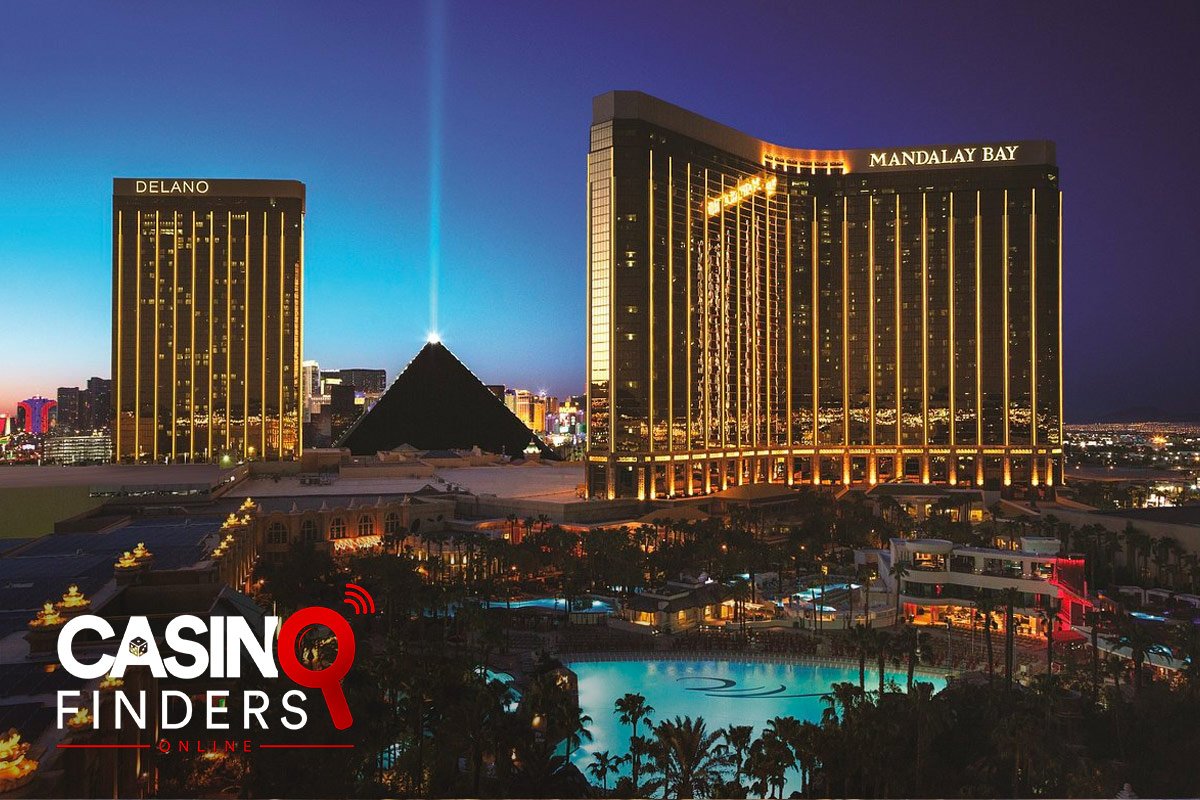
In 1999, The Mandalay Bay Resort, with its enticing gold-colored facade, was opened by Circus Circus, which renamed itself to Mandalay Resort Group.
The 2000s: Las Vegas On Fire!
In 2000, the city was on fire by big names competing over the Vegas Strip. Park Place expanded its holdings by acquiring the large Caesars Palace Hotel. MGM Grand took over Mirage Resorts and changed its name to MGM Mirage. The battle for dominance in Las Vegas was heating up.
In 2003, Park Place changed its name to Caesars Entertainment, a more recognizable brand due to the popularity of Caesars Palace Hotel. In 2005, with four companies vying for control, there were several major transactions in Las Vegas.
MGM Mirage acquired Mandalay Resorts, bundling all the properties under one company. It became the largest gaming company in the world but remained as one for only a couple of months.
Just two months later, Harrah’s Entertainment (previously Holiday Inn Hotel that in 1992 was renamed by its owner, Promus Companies) and Caesars agreed on a deal that allowed Harrah’s to take over Caesars Entertainment. Much of The Strip was now operated by these two companies.
In the same year, Harrah’s acquired The Imperial Palace, now called The Linq, and The Barbary Coast Hotel, now known as The Cromwell.
In 2009, MGM Mirage sold The Treasure Island Hotel to Phil Ruffin and opened a huge new complex called The CityCenter, which included a shopping center, residential towers, and several hotels. The heart of the complex is Aria Resort and Casino, offering over 2,000 slots and table games.
The Two Main Operators Of the Las Vegas Strip
Harrah’s Entertainment grew even larger by acquiring The Planet Hollywood Hotel, and both companies changed their names once again. Harrah’s Entertainment became Caesars Entertainment, and MGM Mirage became MGM Resorts International. These two giants now had significant control over the gambling capital. Today, all the casinos on the southern end of The Strip are operated by MGM, while the middle is controlled by Caesars Entertainment. Only the northern part involves other operators. 17 famous casinos located in this area out of 27 are operated by MGM or Caesars.
But This Is Not The Whole Story: What Is VICI Properties In Las Vegas?
The map we showed above only tells part of the story. If you look at the ownership of major resorts, you’ll often see a different company name, VICI Properties. VICI, as in “veni, vidi, vici,” a reference to Caesar. VICI Properties is listed as the owner of the MGM Grand, which is operated by MGM, Caesars’ direct competitor.
In 2010, while MGM and Caesars seemed to be Vegas’ main monopolies, Caesars was actually falling apart behind the scenes. Amidst all the acquisitions, Caesars Entertainment underwent a complex transformation when investment companies Apollo Global Management and Texas Pacific Group jointly acquired Caesars Entertainment and privatized the publicly-traded company with a leveraged buyout. This means that a large portion of the acquisition amount was financed by debt, with Caesars Entertainment’s assets serving as security. The $13.7 billion deal was the fourth-largest leveraged buyout ever at the time. But the buyout turned into a disaster!
The Wall Street Journal: Caesars Entertainment filed for Chapter 11 bankruptcy protection.
Ultimately, Caesars Entertainment was split into two completely separate companies, hence VICI Properties was born. It was a pure real estate company owning the casinos. So, VICI Properties owns the land and buildings of the hotels and is less dependent on the fluctuations of the gambling business. It allows Caesars Entertainment to focus entirely on operations and is lightened of assets. But the main benefit is a massive tax exemption. VICI Properties is a real estate investment trust or REIT, which is exempt from federal income tax.
What About MGM Growth Properties?
The same scenario happened at MGM Resorts giving birth to MGM Growth Properties, which owns the hotels and leases them back to MGM.
Both companies sell real estate to make money. It secures their required fund for future investment and growth projects as they are operating nationwide, internationally, and increasingly digital, for example, in the growing sports betting business.
Wrap-Up: The Mega Transaction and The Future Of Las Vegas Casinos
Caesars Entertainment continued to grow by merging with El Dorado Resorts. Hence, in 2022, another major transaction bundled ownership in Vegas when VICI Properties acquired MGM Growth Properties, giving the company control over a large portion of real estate in Las Vegas. While the map we looked at earlier shows the casino operations, real estate ownership is often in different hands. The battle for Las Vegas has fundamentally changed, now divided between real estate competition and casino operations.
Vegas never sleeps, so the battle will never end with no winners!
The Best USA Online Casinos of Nov 2024





 Written by
Written by 



 Cashback Bonus
Cashback Bonus




